Yesterday, we started our second book club (read about the first one here), this time on “Stories of hope: reimagining education” by Abegglen et al. (2025). We chose that book because we felt that it is so easy to feel overwhelmed in the jobs that we are in, and especially when doing that working on Teaching for Sustainability, so we wanted to read something uplifting, yet helping us on our way forward. The book is a collection of short(ish) visions for the education of the future, collected under several main topics (like systems change or creative curriculum). Yesterday, we started easy and just took the first story in the collection to read and discuss:
Inverting the distribution of Higher Education: From top-down to student-led (Heller and Leeder, 2025)
Heller and Leeder (2025) propose a vision of education that resonates very much with me personally. They want education to be distributed and inclusive, meaning in their case that open-access courses are offered by universities (where the academics contributing to develop and run the courses would gain “academic rewards” through some sort of peer-review system, which would be valued like research rewards) and students would access the courses online, receive guidance from a mentor affiliated with the course, possibly in a local hub, and receive points that are given and accepted by the network of partner universities. They start their chapter with fictional quotes of what stakeholders would say, for example students about how they can flexibly access quality education from anywhere (meaning they can choose to move to or stay wherever they want to live, and reduce the carbon footprint that would come with commuting), but still have the social component in a local hub. But also for the academics, this model would feel more rewarding, both because they can contribute to a meaningful project and live their creativity and collegiality, and because their contribution would be valued by their students and their employers. What’s not to love?
One question that I brought up was if “micro credits” for lots of small courses that students choose freely might just not be enough if we want people to dive into complex topics over a long period of time (but then nobody says that you cannot have both). But will people still want to work towards their Bildung/bildning when the path isn’t prescribed by some authority? Everybody yesterday seemed to agree that there are certainly people who would still strive to continuously learn and be better (and in a way we are all examples of that, giving up our lunch break for a book club), but maybe especially young students who have not learned how to learn yet might need some form of guidance (turning the gaze and redirecting students’ attention is, after all, the most important task of a teacher, according to Biesta!), which is not described in that chapter. And of course there might be some types of education where having a real “program” might still be a good idea (for example in medicine, where one would hope that future doctors do some things not just virtually but under the in-person supervision of experienced doctors…).
One thing I was a bit surprised by was how much the other participants of yesterday’s discussion did not like online learning (while we were in an online book club, that still seemed to be rewarding, and that we were running online to cut down on commuting times for everybody) and wanted the physical meeting with students. Whereas for me, the local hubs do a lot of the work in the vision described above (although that’s more in my head than described in that vision). But all those teachers that develop all these creative and exciting courses have to live somewhere, too, so some of them might also be “mentors” in those hubs. To me, it seems really appealing to be sitting in some remote place with beautiful nature, develop courses on topics that I am passionate about, but also meet with the local community to mentor and coach people as they make their way through this much bigger educational landscape. I imagine it would be so enriching to mentor students in subjects that are very different from mine, while they get the specific disciplinary input and feedback remotely from someone else.
In a way, I feel like I have already seen glimpses of this model come to life, for example with the Contemporary Approaches to University Teaching MOOC, which is a co-created and peer-reviewed project, now open and free to attend for teachers worldwide, where you can pick different paths and gain some kind of certificate along the way, too. It is also the vision that we have for our MOOC — for it to be open to, and without costs for anyone, bringing together a network of colleagues as contributors, with guidance that we provide for motivated teachers or academic developers to easily facilitate online and local communities.
Reading this chapter felt inspiring, and discussing it with colleagues to hear about their visions for the future of education and maybe in the longer run create a shared vision feels re-energizing. Do you want to join the book club next time? We will be all reading one or more chapters of part 1 (everybody can choose for themselves which chapter(s) to read), and then discuss systems change more broadly. Join our Teams for more information!
P.S.: Last night, I had a conversation about a specific online learning platform — “try hack me” — with someone who has been maintaining a streak on that platform for quite a while and is always super motivated to return and work more on it. So I wondered: What is it that makes learning on that platform so much fun? The platform offers (paid) certificates (maybe similar to the micro credits described in the chapter above, although judging from the description of the requirements that does not sound “micro”, but quite substantial…) but also public profiles that could of course shared in an application or with a boss, a leader board that you can filter by country, different levels with cool names like “wizard” or “legend”, but also monthly leagues where you can compete on how many points you collect during a specific month and not just points overall (which might be very demotivating if you start and are then competing with people who have been working on it for years). But my impression was that the main appeal is that it is the right level of challenging, that you get to do real tasks to show your learning and not just answer MCQs, that the topics are just super interesting (and there is a lot of choice not just between different pathways but also between different rooms within each pathway). So there are good examples of online learning out there (that people return to over years!) that we can look to for inspiration and learn from!
Abegglen, S., Heller, R. F., Madhok, R., Neuhaus, F., Sandars, J., Sinfield, S., & Gitanjali Singh, U. (2025). Stories of hope: reimagining education. https://www.openbookpublishers.com/books/10.11647/obp.0462

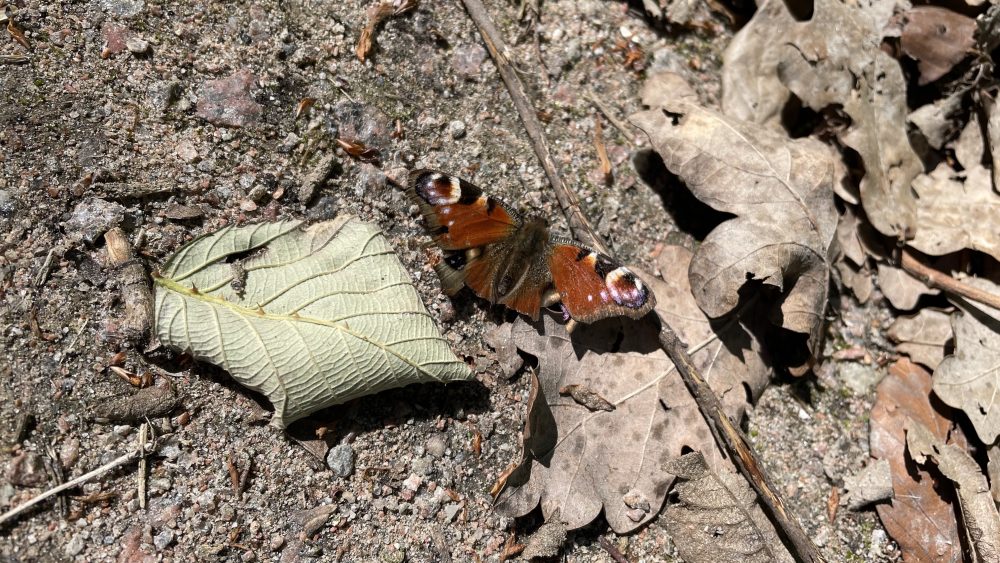
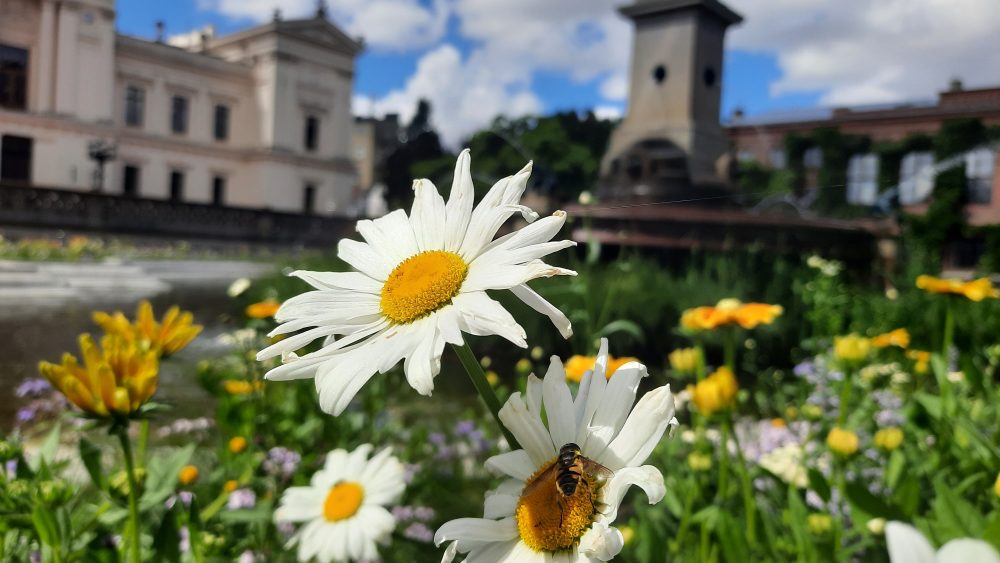
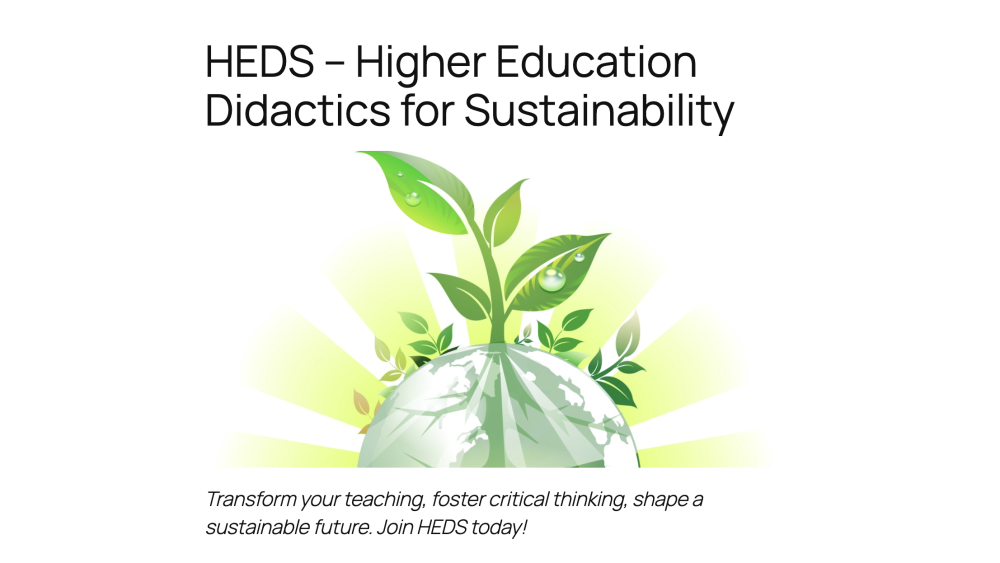
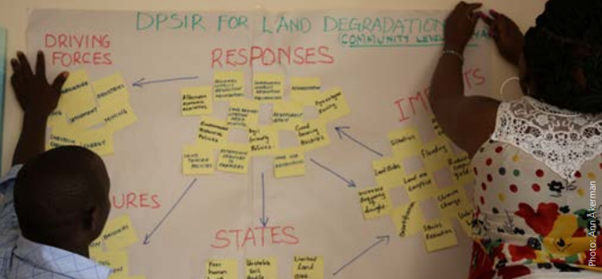
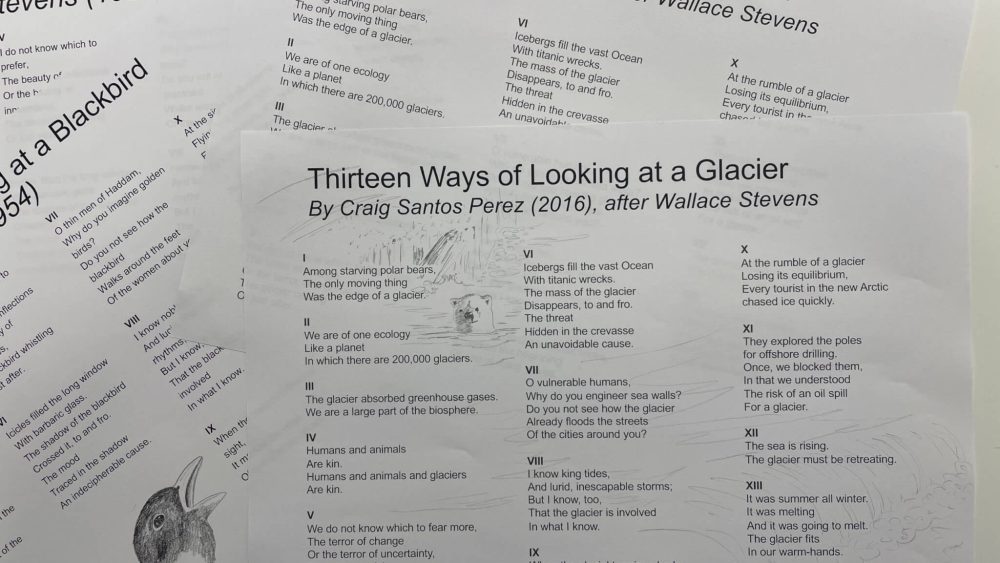
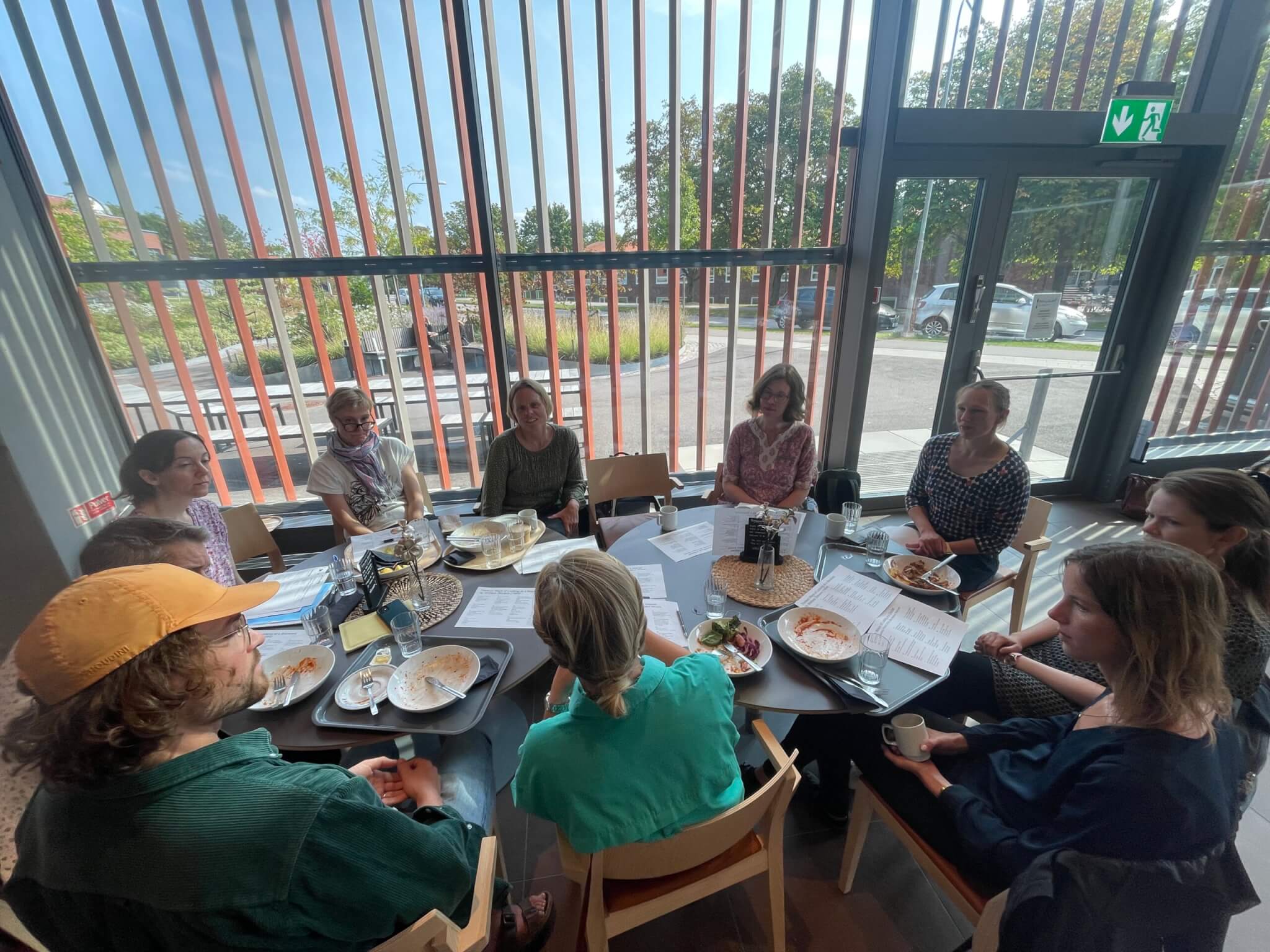
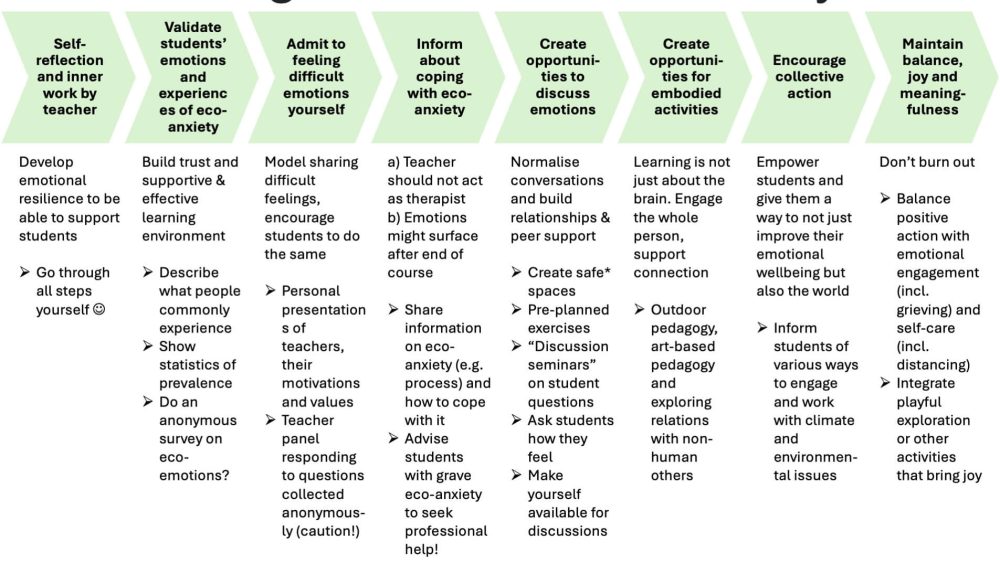
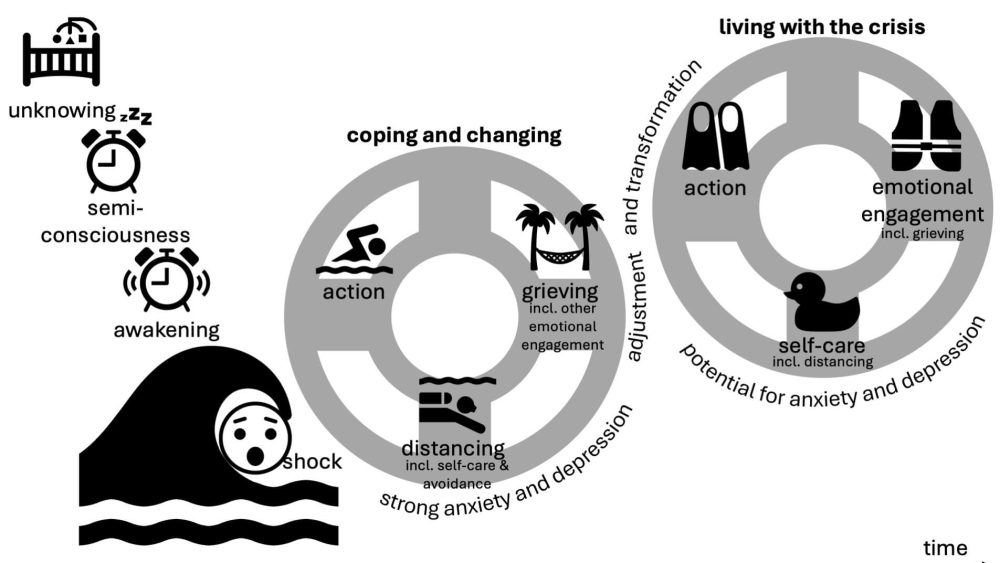
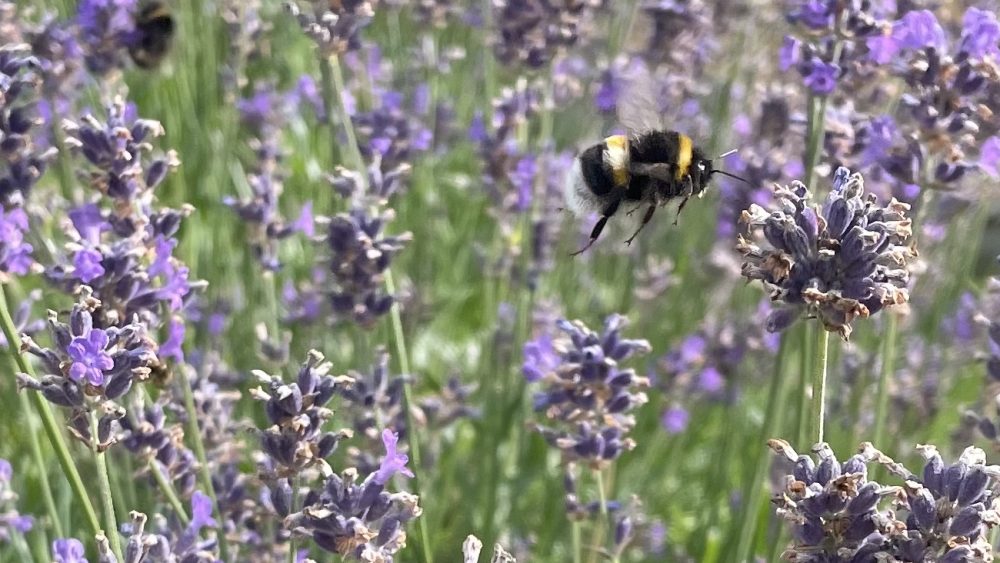
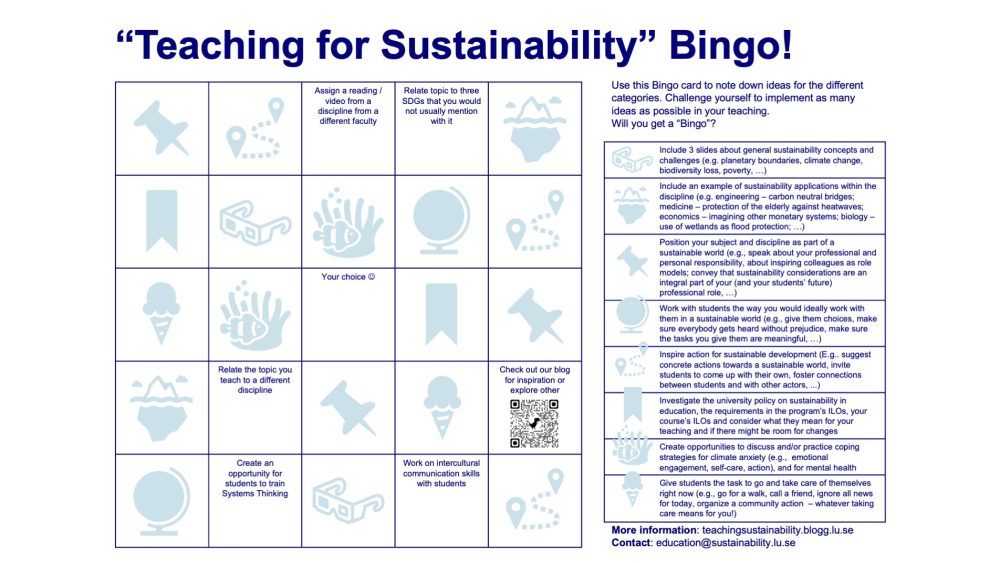
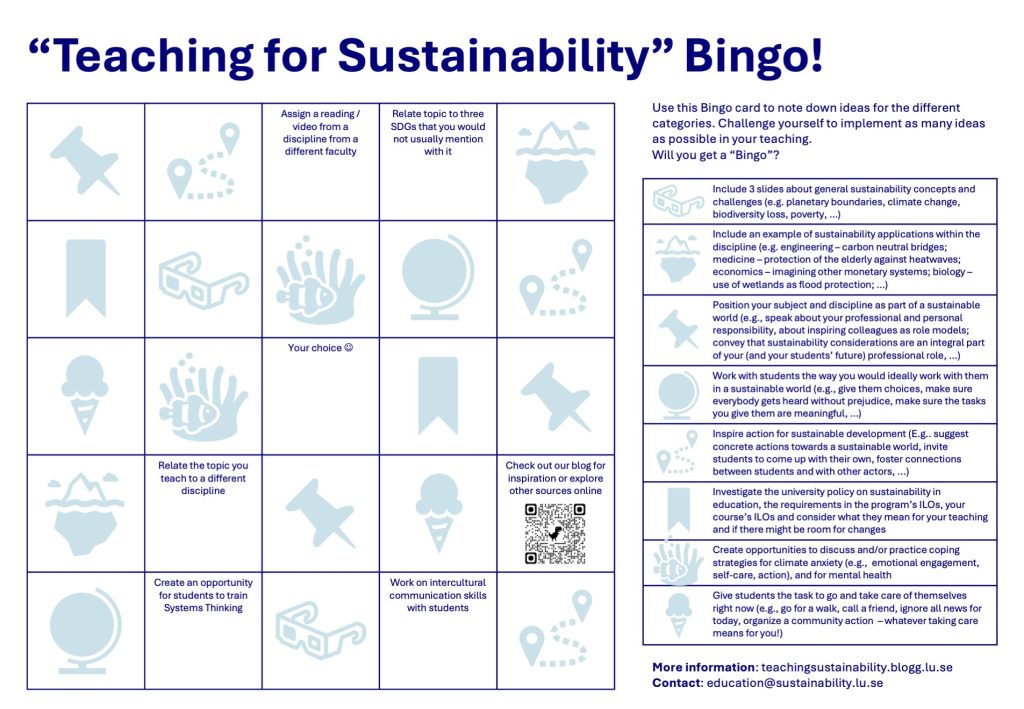
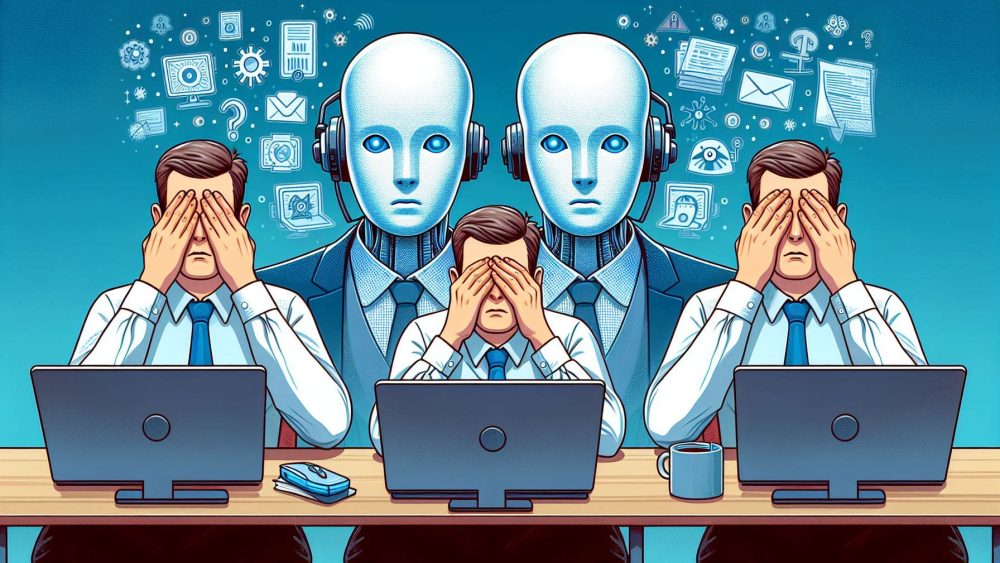
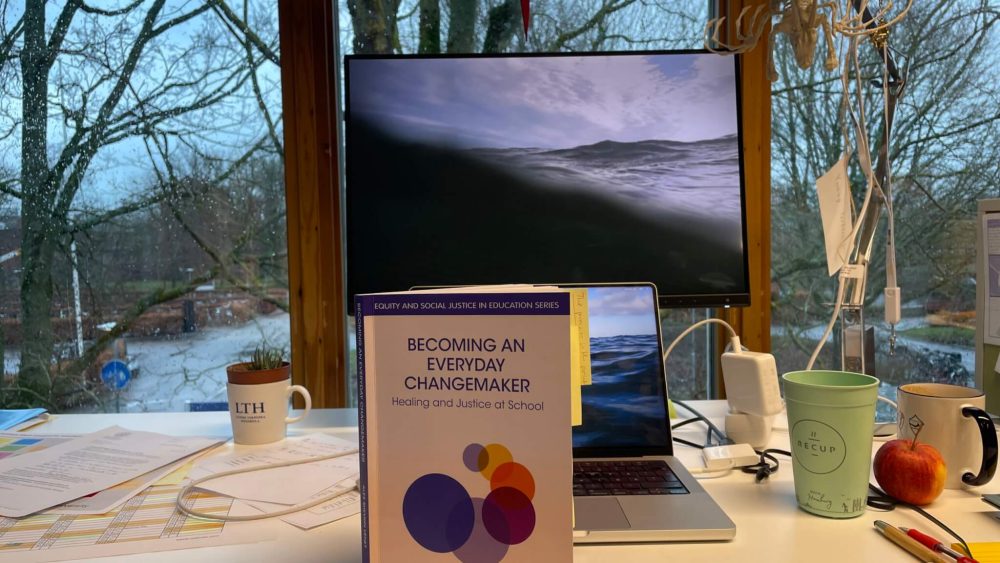
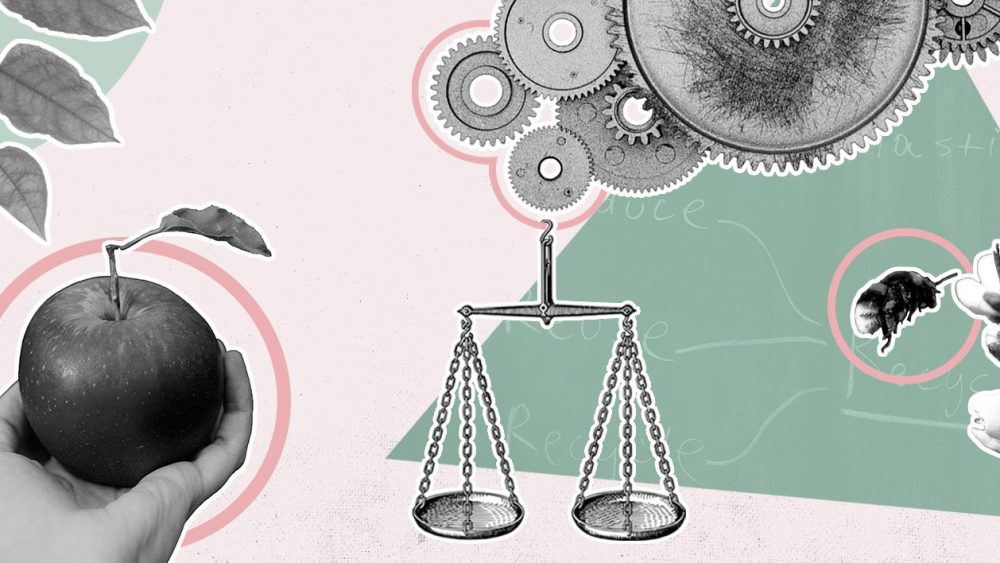
Comments